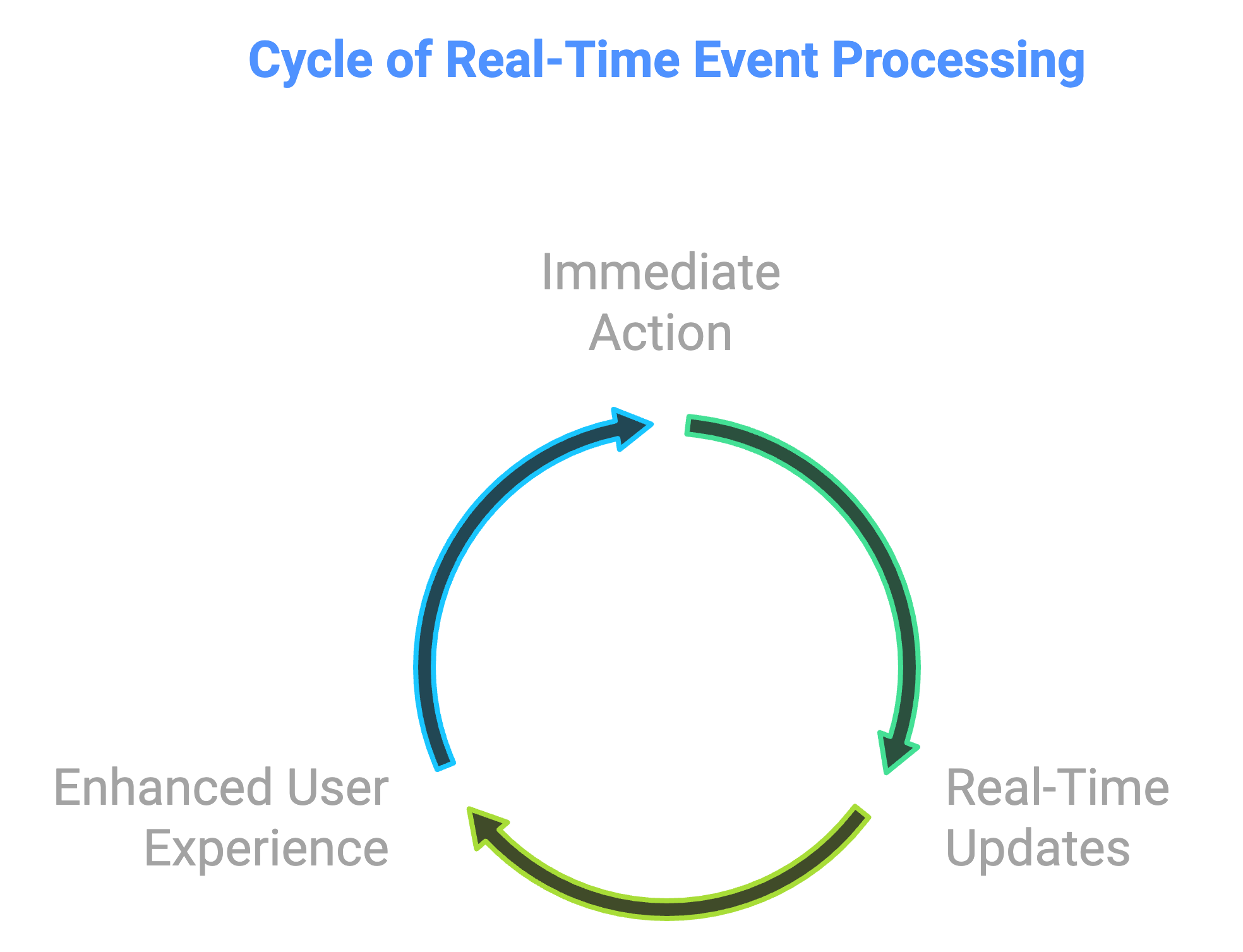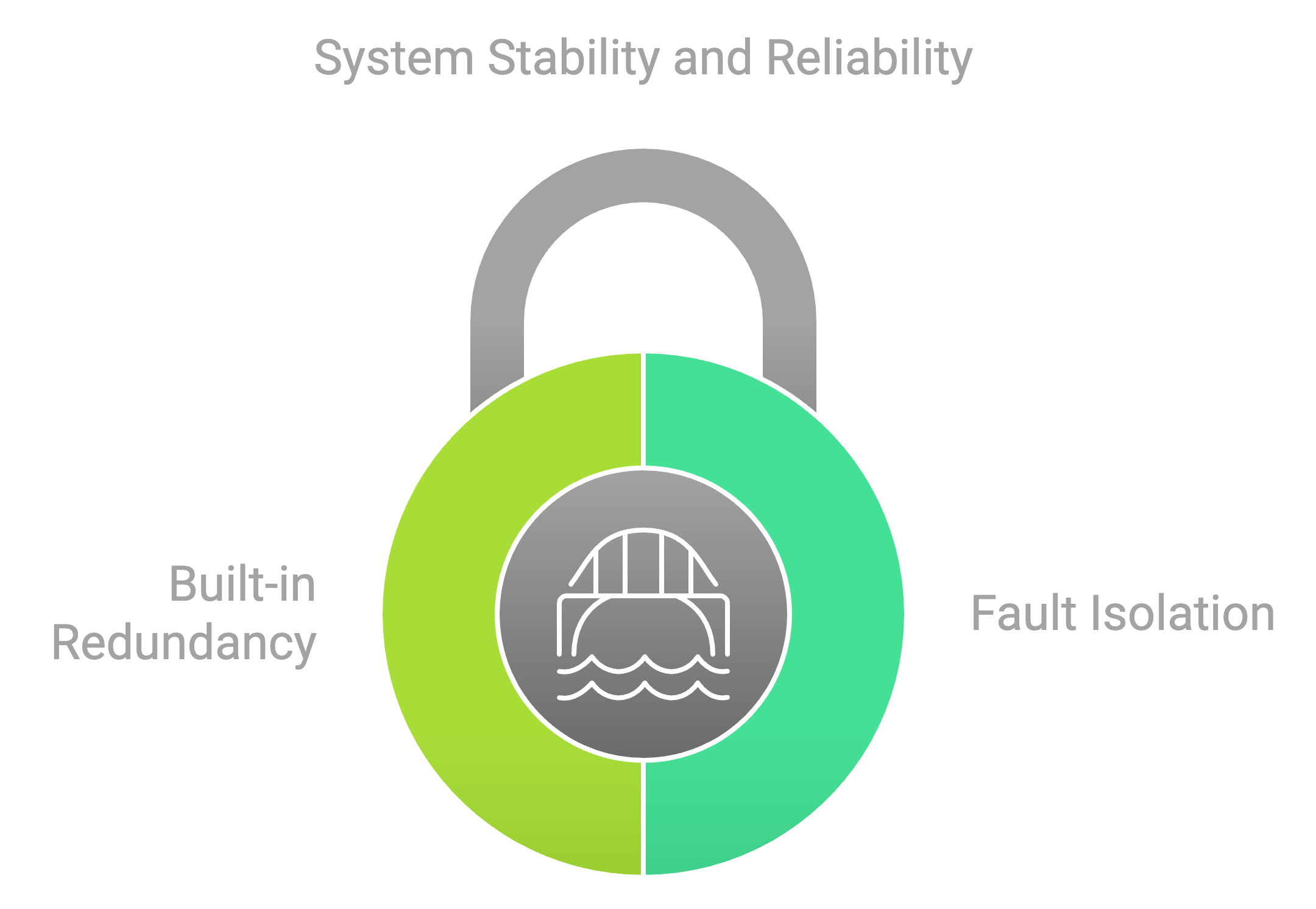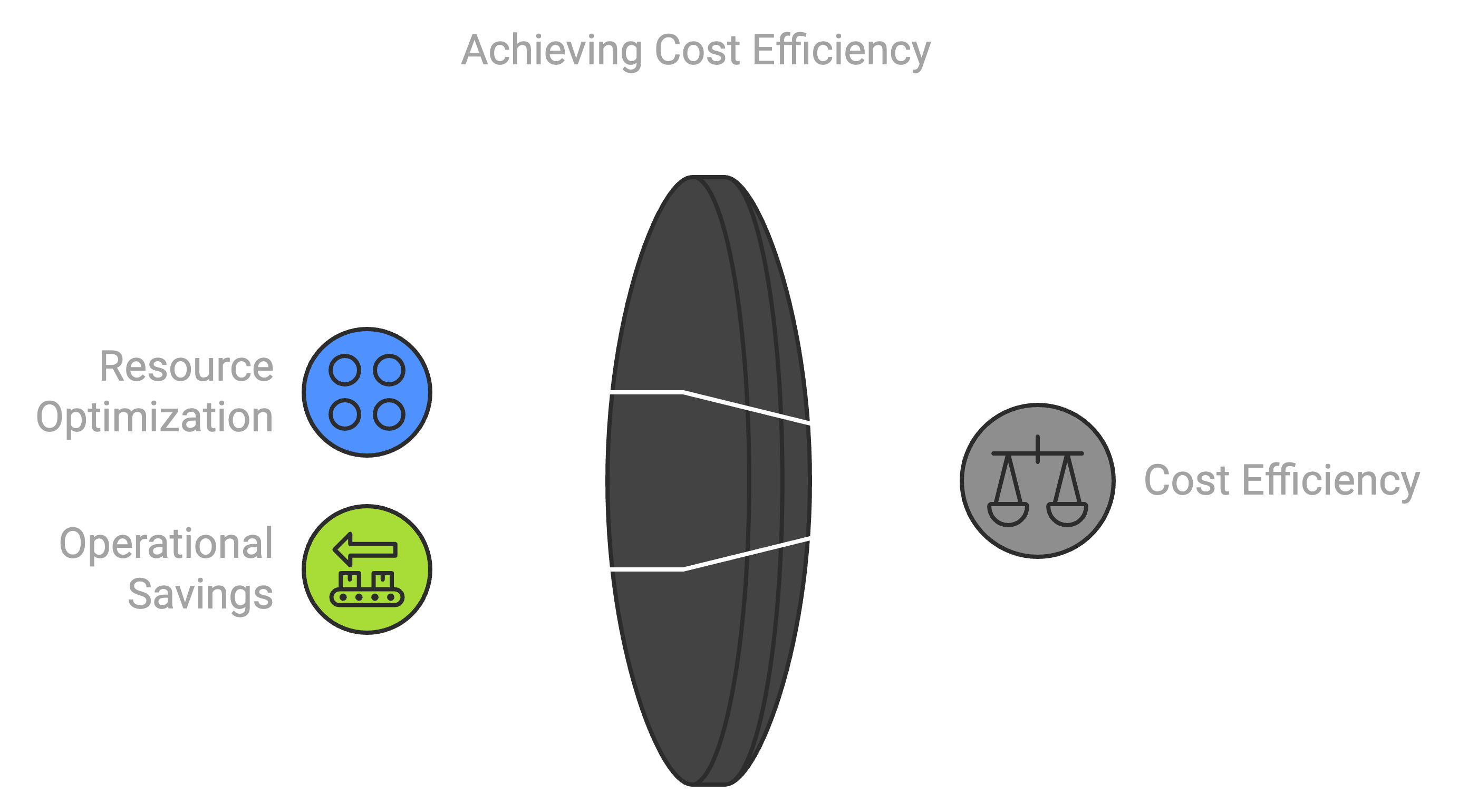Implementing Event-Driven Architecture (EDA) on Azure can significantly enhance your applications’ performance and scalability. For technical managers considering this approach, understanding the key benefits can inform strategic decisions and project planning.
This article outlines the top five advantages of adopting EDA on Azure and explains how integrating skilled developers from Synergy Sparq can augment your team’s capabilities.
1. Scalability and Flexibility

Event-Driven Architecture allows systems to scale efficiently by decoupling components and processing events asynchronously. Azure’s cloud infrastructure complements this by providing automatic scaling features.
- Elastic Scaling: Azure services like Event Hubs and Azure Functions automatically adjust to handle varying workloads, ensuring consistent performance.
- Modular Development: Decoupled components can be developed and scaled independently, allowing teams to focus on specific functionalities without affecting the entire system.
Synergy Sparq’s developers have extensive experience in designing scalable architectures on Azure, helping your team implement solutions that grow with your business needs.
2. Real-Time Processing and Responsiveness

EDA enables applications to respond to events as they occur, providing real-time data processing and enhanced user experiences.
- Immediate Action: Systems can process events instantly, allowing for timely responses to user actions or system changes.
- Enhanced User Experience: Real-time updates keep users engaged and informed, which is critical in applications like finance, e-commerce, and IoT.
Integrating developers from Synergy Sparq can accelerate your team’s ability to implement real-time processing features effectively.
3. Improved Reliability and Resilience

By decoupling components, EDA reduces the impact of individual component failures on the overall system.
- Fault Isolation: Failures in one component don’t cascade to others, enhancing system stability.
- Built-in Redundancy: Azure services offer features like message retry policies and geo-redundancy, increasing reliability.
Synergy Sparq’s developers can help implement robust error-handling and recovery mechanisms, strengthening your application’s resilience.
4. Cost Efficiency

Azure’s pay-as-you-go pricing model allows you to optimize costs by only paying for the resources you consume.
- Resource Optimization: Automatic scaling ensures you’re not over-provisioning resources, reducing unnecessary expenses.
- Operational Savings: Simplified maintenance and deployment processes lower operational overhead.
With expertise in cost optimization, Synergy Sparq’s developers can assist your team in designing cost-effective solutions on Azure.
5. Enhanced Integration and Ecosystem Support

Azure provides a rich ecosystem of services that integrate seamlessly with EDA.
- Seamless Integration: Services like Azure Functions, Logic Apps, and Cognitive Services can be combined to build sophisticated applications.
- Comprehensive Tooling: Azure offers robust monitoring, analytics, and management tools to support your applications.
Synergy Sparq’s developers are proficient in leveraging Azure’s ecosystem, enabling your team to build integrated solutions efficiently.
Conclusion
Implementing Event-Driven Architecture on Azure offers significant benefits in scalability, responsiveness, reliability, cost efficiency, and integration capabilities. By understanding these advantages, technical managers can make informed decisions to enhance their applications and services.
Integrating skilled developers from Synergy Sparq into your team can accelerate the adoption of EDA on Azure. Their expertise ensures that your implementation is efficient, cost-effective, and aligned with best practices.
Next Steps
If you’re considering implementing Event-Driven Architecture on Azure, Synergy Sparq can provide the expert developers you need to succeed. Contact us to learn how we can support your team.






